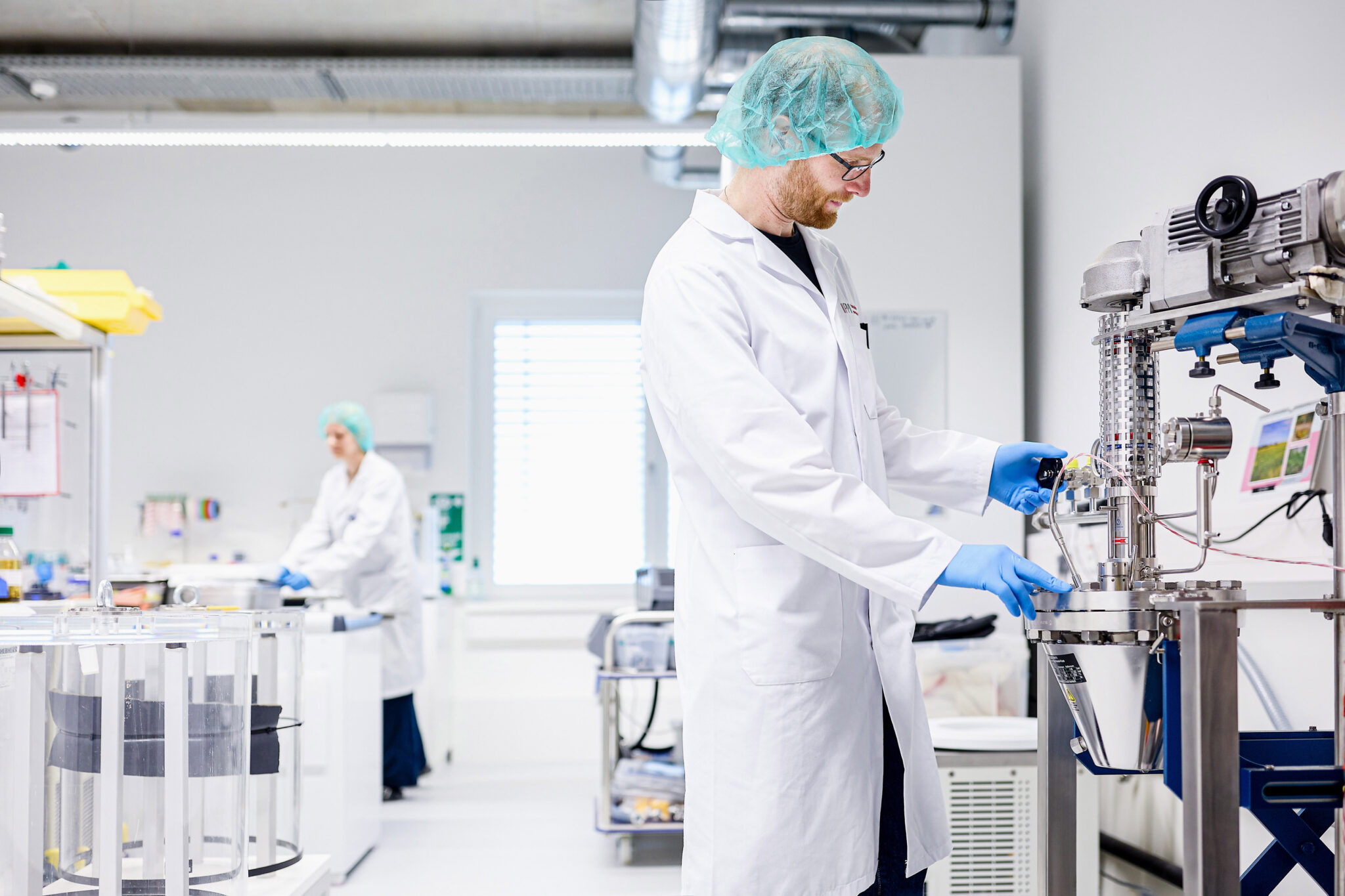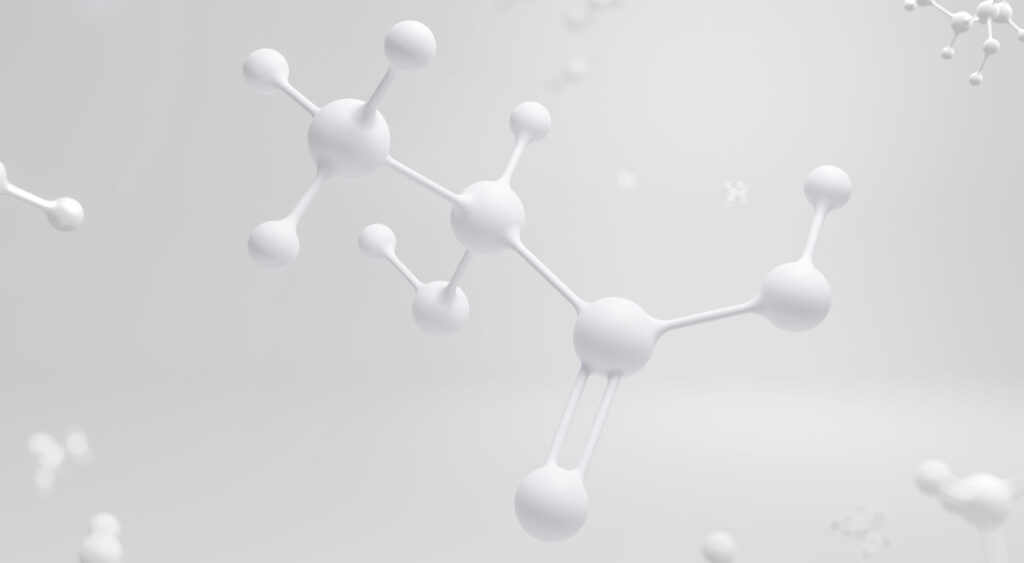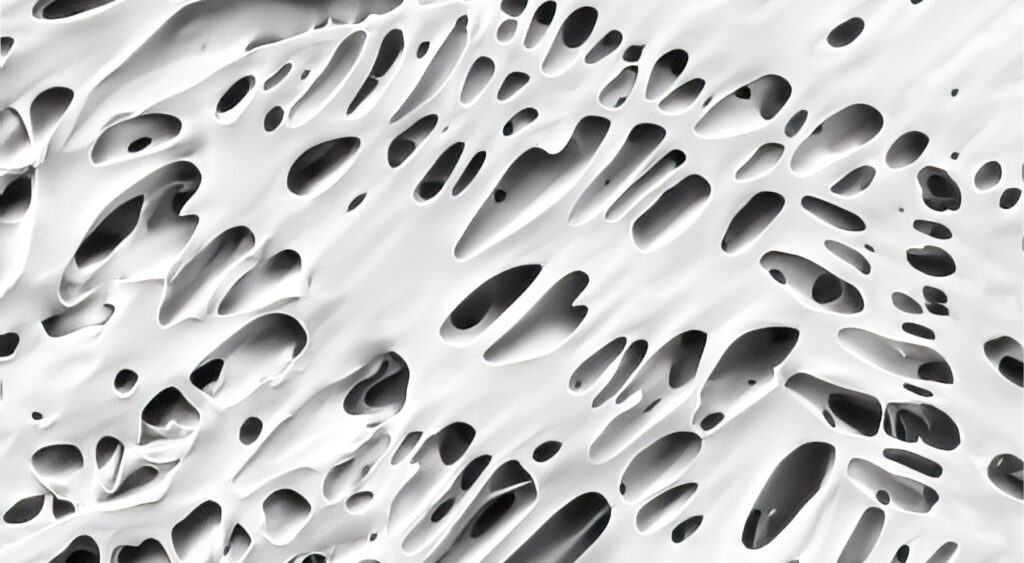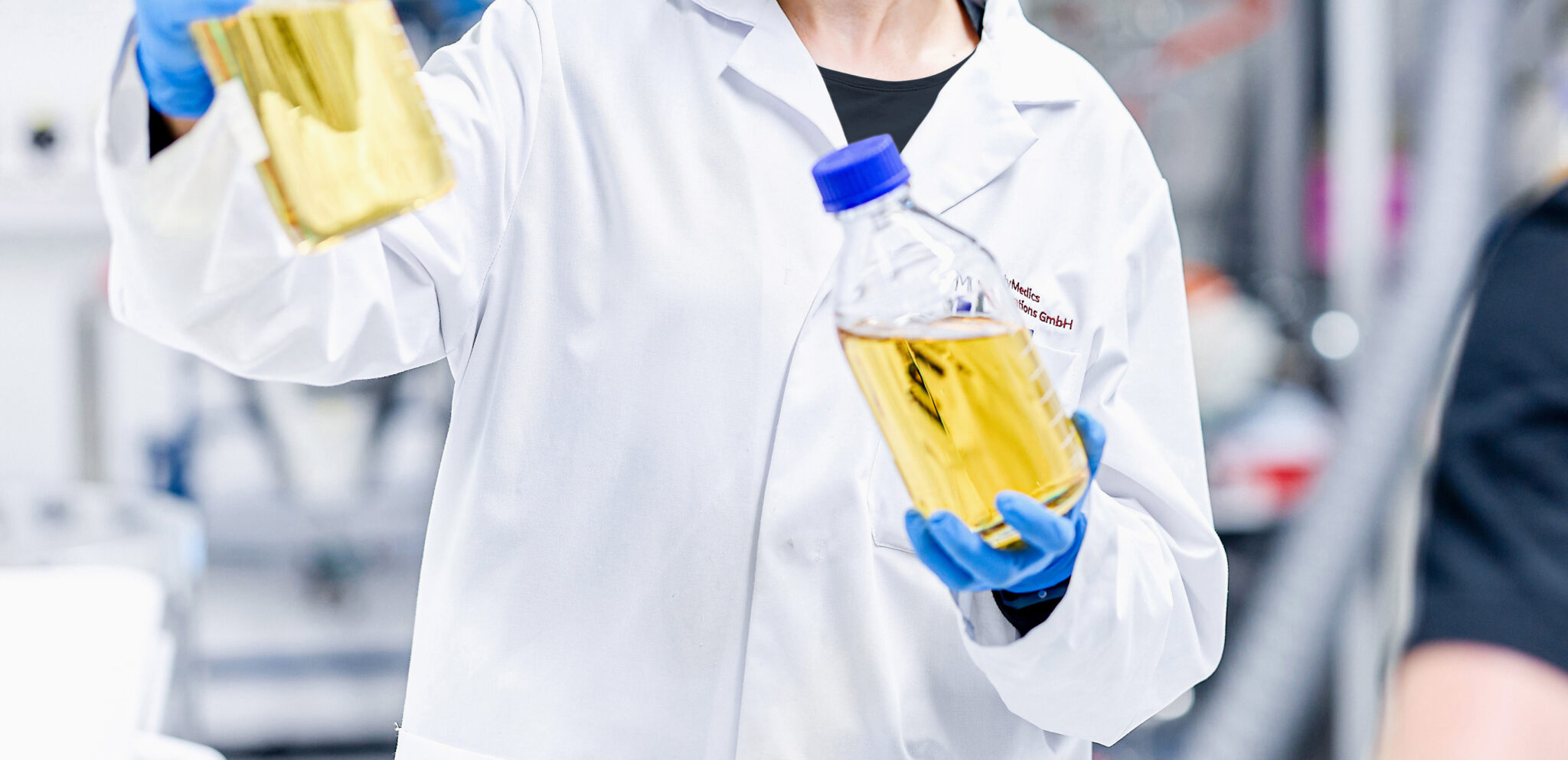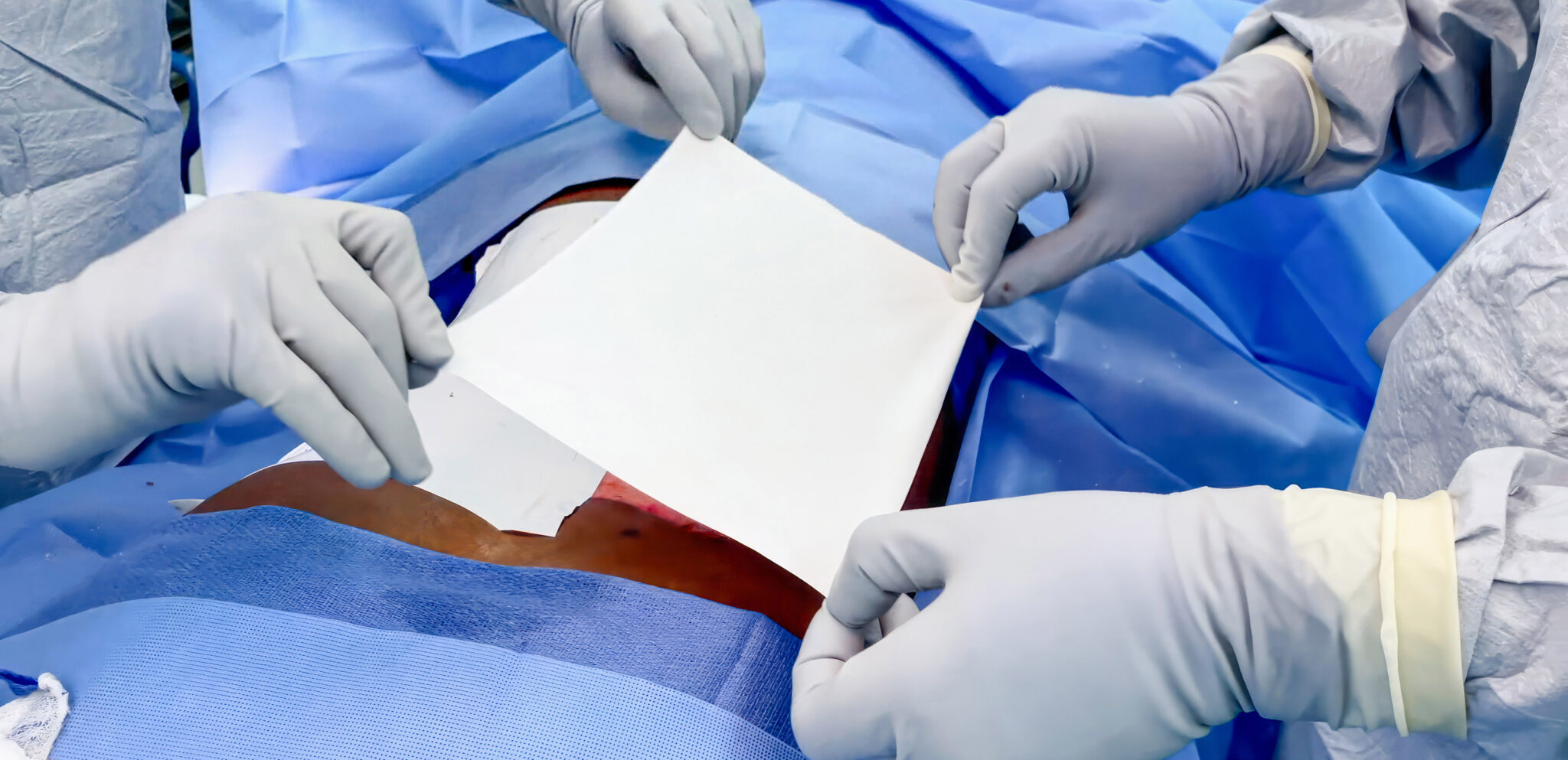SUPRA EPT™
Engineered Polylactide Technology
What is SUPRA EPT™?
SUPRA EPT™ from PolyMedics Innovations (PMI) is the proprietary engineered polylactide technology that is the basis of our innovative range of synthetic wound healing products. While polylactic acid polymers have been used in medical devices since the late 1980s, particularly in bioabsorbable sutures, PMI has advanced this technology by taking bioabsorbable membranes and matrices to a new level.

